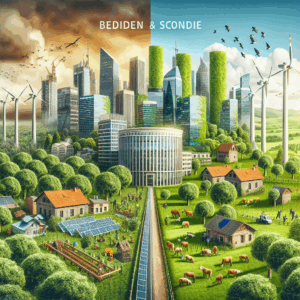
What if tomorrow’s online shopping depended on today’s data deal? Fashion is not just about runways anymore—micro-trends are breaking the mold, with “anti-fashion” and global micro-styles taking the digital world by storm. In this article, we’ll explore these trends, their rapid spread, and why they’re reshaping how consumers and brands interact online.
Meet Priya, a Chennai-based e-commerce seller. Last month, she noticed a spike in orders for DIY beaded jewelry and baggy, thrifted jeans—styles barely whispered about on mainstream platforms. Digging deeper, Priya found that viral TikTok videos and niche Instagram accounts were driving distinct, short-lived “micro-trends.” For Priya and thousands like her, keeping up isn’t just fun—it’s essential for business survival.
What’s Happening?
Micro-trends—fast-moving, niche aesthetics—are rewriting fashion’s rulebook. Unlike traditional seasons, these styles gain momentum via social media, often propelled by Gen Z and influencers. From “gothcore” to “cottagecore,” or the deliberate mismatched chaos of “anti-fashion,” consumers mix, remix, and abandon looks at lightning speed. Algorithms track this behavior, feeding buyers ever more personalized suggestions and drawing in retailers worldwide, hungry to meet demand.
Why It Matters
- Business Impact: For e-commerce sellers like Priya, micro-trends are opportunities and risks. Success depends on real-time inventory shifts and smart supply chains.
- Consumer Power: Shoppers influence trends, not just follow them. DIY upcycling and thrift finds define a new kind of “cool”—inspiring sustainability and creativity.
- Data and Privacy: Platforms use browsing and purchase data to predict winners, but at what cost to consumer privacy?
- Global Reach: Styles catch fire from Seoul to São Paulo, breaking borders and inspiring collaborations between cultures and designers.
What’s Next?
- Policy Watch: Regulators eye data collection and the environmental impact of rapid trend cycles; new guidelines may be announced soon.
- Brands React: Expect new “micro-collections,” faster restocks, and even crowdsourced designs as labels rush to keep pace with their customers.
- Community Voice: Online forums and grassroots creators will wield as much influence as mainstream fashion houses, sparking dialogue about what’s truly “in.”
Conclusion
The rise of micro-trends and “anti-fashion” is turning the industry upside-down, making fashion more democratic, data-driven, and unpredictable than ever. As these changes ripple worldwide, staying current means watching data, listening to consumer voices, and embracing rapid innovation. How do you feel about this shift? Drop a comment!








